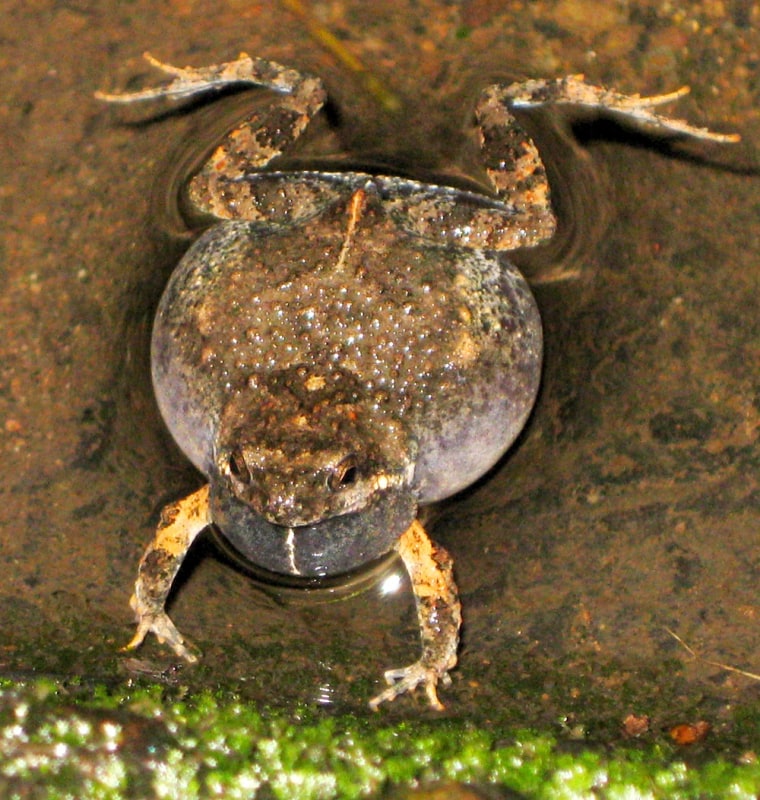Throughout the animal kingdom, males flaunt their ornate headgear, big muscles, complex songs and aerial acrobatics to vie for female attention. The showiest of males usually get the majority of available mates — making these traits what researchers call "sexually selected."
New research suggests the extremes to which these displays of masculinity reach are tempered by the brainpower of the females themselves, as these modifications reach the point where the females can no longer tell them apart. [Album: Animals' Dazzling Headgear]
This ceiling limit, which the researchers say could be broadly applicable to various sexually selected traits, is based on a principle called "Weber's Law." The law suggests comparisons are made based on proportional rather than absolute differences.
For example, one could easily tell at first glance the difference between a pile of four oranges and a pile of five (the absolute difference is one orange, but that one orange is a 20 percent increase), but it's much more difficult to distinguish between a pile of 100 oranges and one of 101 (still one orange, but only a 1 percent increase).
Frog chucks and whines
The researchers tested out this "ceiling limit" idea by studying the reactions of wild female túngara frogs to recordings of male calls in the lab. Male túngara frogs gather and woo females with a long "whine" sound followed by one or more short "chucks." The more chucks the frogs make, the more elaborate the call and the sexier the females find them.
The researchers played two male calls with different numbers of chucks on different sides of a cage of female frogs and determined which call they were more likely to approach. When there were only slight differences between the numbers of chucks made, the females were just as likely to approach one side of the cage as they were the other, suggesting they couldn't distinguish which male made more chucks.
"We have shown that the female túngara frog brains have evolved to process some kinds of information and not others," study researcher Mike Ryan, of The University of Texas at Austin, said in a statement. "This limits the evolution of those [sexually selected for] signals."
Dangerous traits
Highly complex sexually selected traits, like big antlers or the tail feathers of the peacock, can be detrimental for several reasons: First, they take energy to build and maintain, and second, they attract not only mates but also predators. A study published Aug. 1 in the journal Ecology Letters showed that in houbara bustards — which have extensive feather and courting displays — showy males also burn out early, with disproportionally decreased sperm levels in old age.
Knowing that predation could affect the frogs' calls, the researchers also tested how their main predator, the fringe-lipped bat, reacted to different absolute and proportional numbers of chucks. The bats appeared to be attracted to higher numbers of chucks, though when looking proportionally, they show the same ceiling limit as the female frogs.
"What this tells us is that predation risk is unlikely to limit male call evolution," study researcher Karin Akre, also of The University of Texas at Austin, said in a statement. "Instead, it is the females' cognition that limits the evolution of increasing chuck number."
The study was published in the Aug. 4 issue of the journal Science.
You can follow LiveScience staff writer Jennifer Welsh on Twitter @microbelover. Follow LiveScience for the latest in science news and discoveries on Twitter @livescience and on Facebook.
